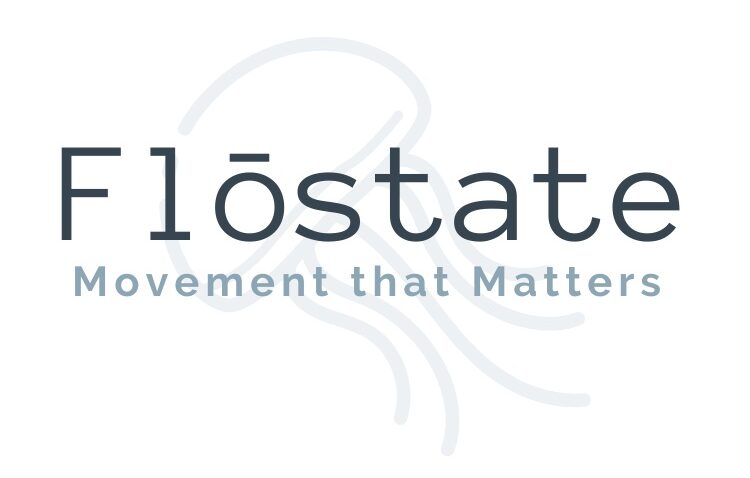
Have you ever thought, “If only I had a faster metabolism?” You are not alone! One out of every three Americans struggles to maintain a healthy weight. One weight maintenance strategy is to use up more energy each day or increase our metabolism. By using more baseline calories each day, those few extra calories that slip through are less likely to be stored as fat. Interested? Read on.
What is Metabolism?
According to the Oxford Dictionary, metabolism is defined as “the chemical processes that occur within a living organism in order to maintain life.” When most of us think of metabolism we think, “how many calories do I use in a day and how much can I eat without gaining weight!” One thing to keep in mind is 60-75% of our needed calories each day are just to keep us alive. The remainder are activity, exercise and thermogenic effects of food. We could unpack all sorts of things about the mechanics of metabolism, but we will cut to the chase today and tell you what you can do to speed it up!
What can I do to burn more calories?
Get stronger
- Increase lean mass by 2-4% pounds of muscle and boost your RMR (resting metabolic rate) by 7-8%.
Eat foods that require more energy to consume
- Pick fruits and vegetables that take more time and effort to eat. Add in protein as it requires more energy to digest and break down.
Don’t starve yourself
- Dramatic reductions in calories and crash diets slows metabolism by over 22%. Don’t do it! Odds are you will gain back everything you “lost” and more.
Control your appetite but respect your hunger!
- Be aware that hunger and appetite are different and that appetite is linked with stress.
- Hunger is when our bodies need food on a cellular and metabolic level. Don’t ignore hunger! Eat when your body needs nourishment.
- Appetite is getting a second slice of pie on Thanksgiving after 3 plates of food. Or when we keep eating after a stressful day. Be aware of the difference.
Sleep more than 6 hours per night
- Lack of sleep is linked with cravings for more energy-dense and unhealthy foods.
- Aim for 7-8 hours of sleep each night.
Control stress
- Stress increases cortisol, which drives us to choose unhealthy foods and can sabotage our good intentions.
